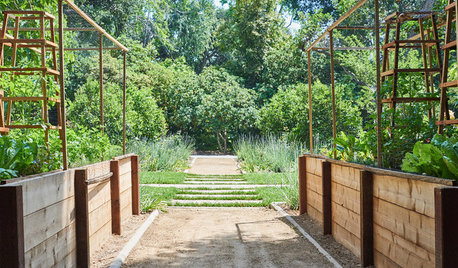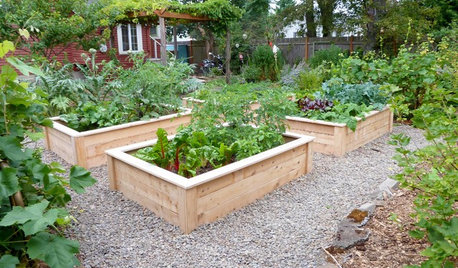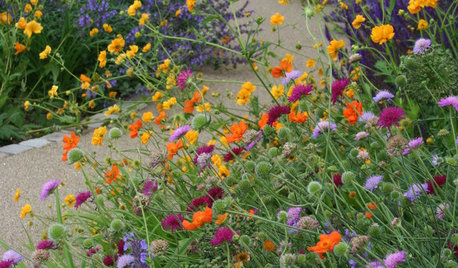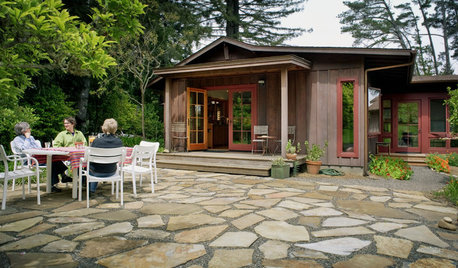Help - raised bed soil selection
Rachel Kindt
5 years ago
Featured Answer
Comments (6)
LoneJack Zn 6a, KC
5 years agolast modified: 5 years agoRelated Professionals
Indianapolis Landscape Contractors · Parker Landscape Contractors · Pleasant Hill Landscape Contractors · Pompton Lakes Landscape Contractors · San Benito Landscape Contractors · Wanaque Landscape Contractors · Wentzville Landscape Contractors · Mission Landscape Contractors · Palos Verdes Estates Landscape Contractors · St. Louis Landscape Contractors · Vallejo Landscape Contractors · Wilton Landscape Contractors · Hampton Bays Decks, Patios & Outdoor Enclosures · Maywood Landscape Contractors · Glendale Heights Window Contractorstoxcrusadr
5 years agoNil13 usda:10a sunset:21 LA,CA (Mount Wash.)
5 years agoRichard Brennan
5 years agolast modified: 5 years agoUser
5 years ago
Related Stories

GARDENING AND LANDSCAPINGBuild a Raised Bed to Elevate Your Garden
A bounty of homegrown vegetables is easier than you think with a DIY raised garden bed to house just the right mix of soils
Full Story
EDIBLE GARDENS7 Tips to Ensure Success With Raised Bed Gardening
Raised bed gardening is a favorite for edible plants. Here’s how to get it right
Full Story
GARDENING GUIDES8 Materials for Raised Garden Beds
Get the dirt on classic and new options for raised vegetable and plant beds, to get the most from your year-round garden
Full Story
FARM YOUR YARDHow to Build a Raised Bed for Your Veggies and Plants
Whether you’re farming your parking strip or beautifying your backyard, a planting box you make yourself can come in mighty handy
Full Story
SPRING GARDENINGInspiring Raised Beds for Fall and Spring Planting
Make Your Next Vegetable Garden Even Better with Beautiful Boxes and Paths
Full Story
GARDENING GUIDES12 Tips to Help You Start an Edible Garden
Get on your way to growing your own vegetables with a raised bed or a few containers on the patio
Full Story
PLANTING IDEAS3 Color Palettes to Help Set Your Garden’s Mood
Select plants in these color combinations to create an outdoor space that’s cheerful, energizing or calming
Full Story
GREEN BUILDINGBuilding Green: The Paths, Beds and Decks That Define Your Landscape
You can make your outdoor area more sustainable by carefully designing your hardscape and selecting materials
Full Story
GARDENING AND LANDSCAPINGRaise Backyard Chickens Without Ruffling Neighbors' Feathers
Before you build a coop in the backyard, follow these strategies to help keep your neighbors from squawking
Full Story
GARDENING GUIDESGrow a Beautiful Garden in Alkaline Soil
Got alkaline soil? Learn how to manage it and the many beautiful plants that will thrive in this ‘sweet’ soil
Full Story






gardengal48 (PNW Z8/9)